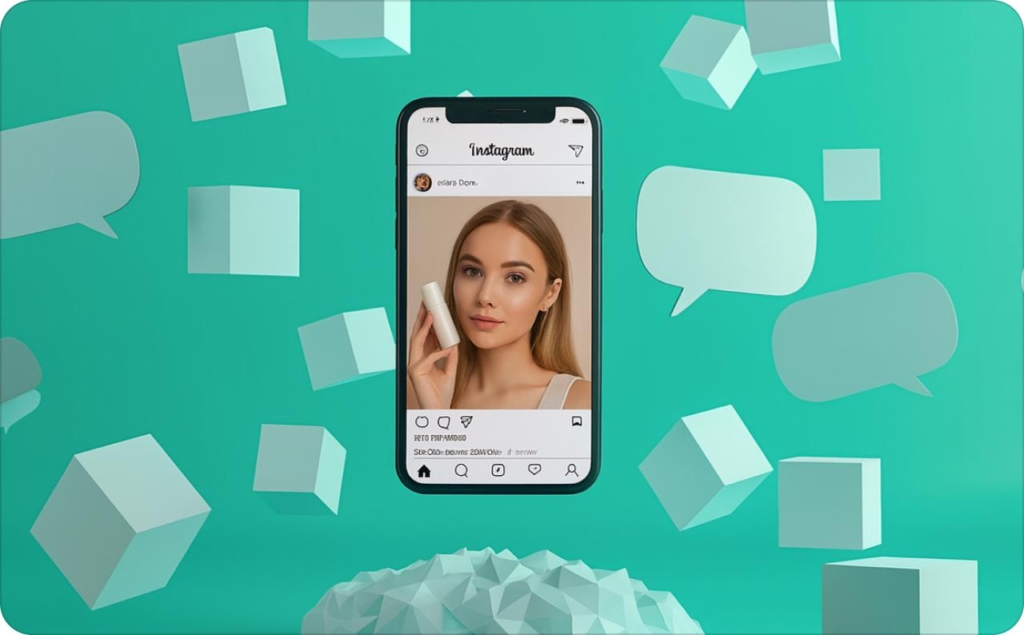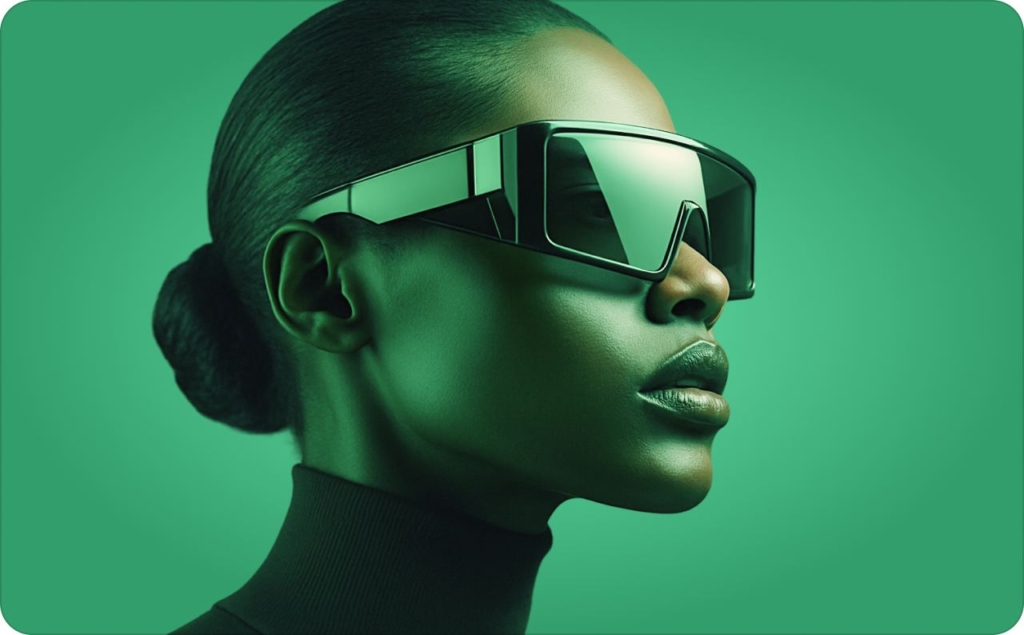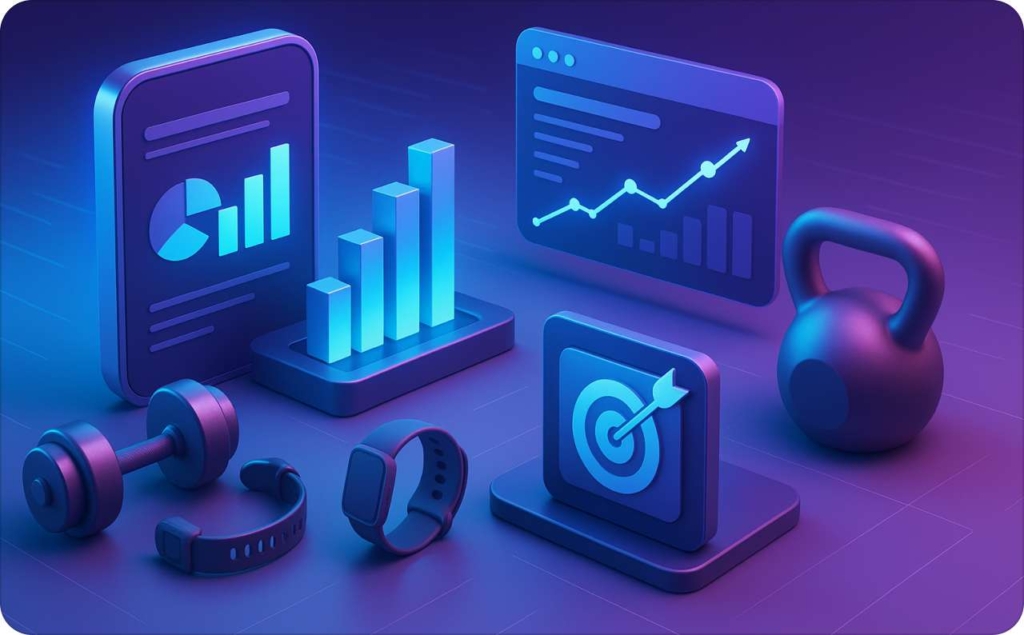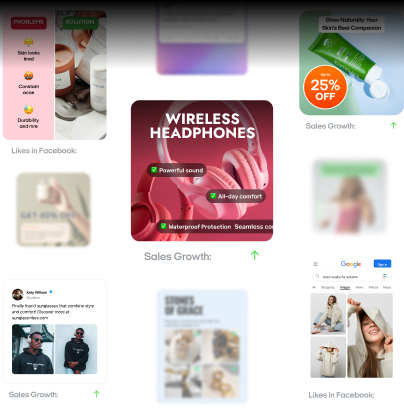Display ads vs. Banner ads: 8 key points to make a right choice
Not sure whether display or banner ads fit your goals best? Here are eight key points to help you choose the format that delivers real results.
Choosing between display ads and banner ads can make or break your campaign. This distinction matters more than you might realize. All banner ads are display ads, but not all display ads are banner ads.
Think of display ads as the big umbrella that covers animated videos, interactive product carousels, and more, while banner ads are the classic static or lightly animated rectangles you see everywhere.
Pick the wrong ad format, and you might overspend or miss your audience entirely. According to Statista, digital banner advertising spend per internet user could reach US$30.70 in 2025, so every click and creative decision counts.
Display ads often deliver rich media, interactive features, and advanced targeting. Banner ads are simpler, cheaper, and perfect for broad brand awareness or retargeting.
In this guide, you’ll learn how each format works on platforms like Google and Meta, and how to align them with your budget. By the end, you’ll know how to turn impressions into clicks — and clicks into conversions.
It’s time to stop guessing and make every ad dollar count. Let’s dive in and ensure your next campaign truly pays off.
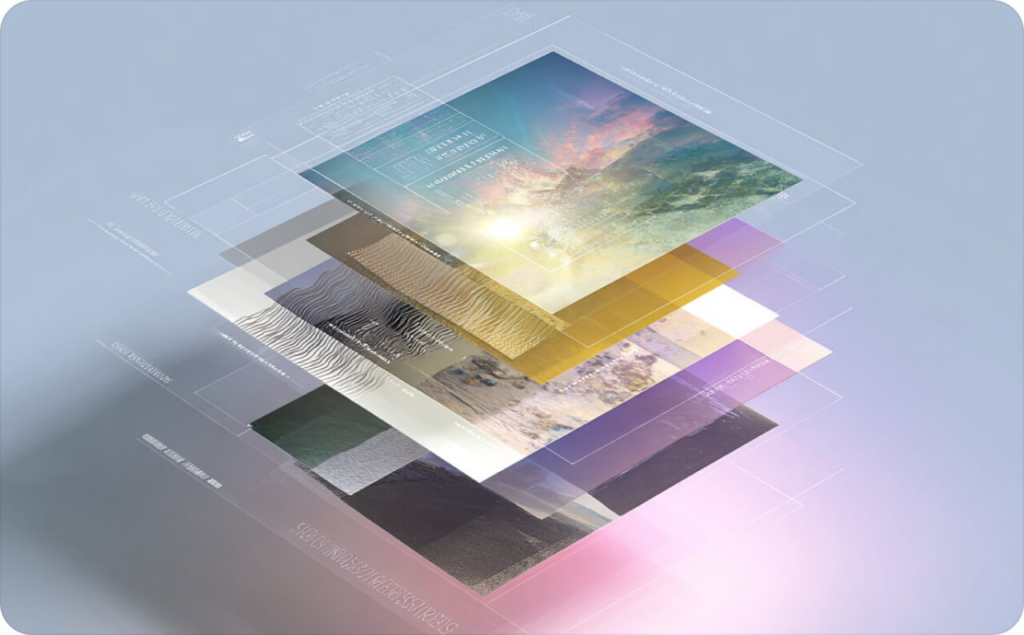
Understanding display ads
If you’re still relying on static banner ads, you might be wasting budget on creative that gets ignored. Display ads offer a smarter way to stand out, engage users, and convert at higher rates.
What are display ads?
Display ads are digital placements that combine multimedia elements — like images, videos, animations, and interactive features — to capture attention across websites, apps, and networks such as Google Display Network.
They give you more creative flexibility and higher engagement potential than banner ads, which are often static or minimally animated.
A typical display ad has three parts: a compelling visual, a concise message, and a strong call-to-action. Many advertisers run A/B tests to swap creatives and prevent ad fatigue, ensuring viewers see something fresh.
According to Promodo, the average click-through rate for display ads is 0.47%. If your CTR is lower, it may signal outdated visuals or weak targeting.
Most display ads follow standard IAB sizes like 300×250 or 728×90, but many now adapt to any screen size. That adaptability sets them apart from static banners, which can’t adjust to device or user context.
If you’ve relied on plain banners until now, consider how display ads can transform your campaigns. They’re designed to grab attention, personalize messaging, and drive conversions — unlike simple banner ads, which often fade into the background.
Understanding banner ads
If you’ve ever noticed a rectangular ad at the top of a page or nestled beside an article, you’ve seen a banner ad. Unlike interactive display ads, these mostly static or lightly animated spots don’t change based on who’s viewing.
A typical banner ad might include a bold image, short copy, and a clear call-to-action like “Buy Now” or “Get Offer”. It often appears in standard sizes, such as 300×250 or 728×90, on platforms like Google Display Network, Meta Audience Network, or Taboola.
What are banner ads?
You’ll often use banner ads for brand awareness or low-budget promotions that don’t need advanced targeting. They show up on blogs, news sites, apps, and forums, offering wide visibility at a manageable cost.
Expect a lower click-through rate — sometimes under 0.1% — but banner ads still support impression goals and brand recall. If engagement drops, you can rotate designs or set frequency caps to avoid ad fatigue.
They don’t adapt to user data or device type the way dynamic ads do, and they lack personalization or real-time optimization. That simplicity keeps production cheap but can limit how effectively you reach specific audiences.
If you need quick visuals, tools like Zeely AI help you produce new banners fast. A splash of color, minimal text, and a snappy CTA often spark more clicks than dense, cluttered layouts.
Imagine a local bakery placing a 300×250 banner on a popular foodie blog. Readers see a mouthwatering cupcake and a “Get Offer” button, tempting them to click for a sweet deal without complicated targeting or animation.
In short, banner ads can still expand your reach — even if they’re less dynamic than modern display ads. When you want broad exposure and simple creative, they’re a reliable piece of your online advertising strategy.
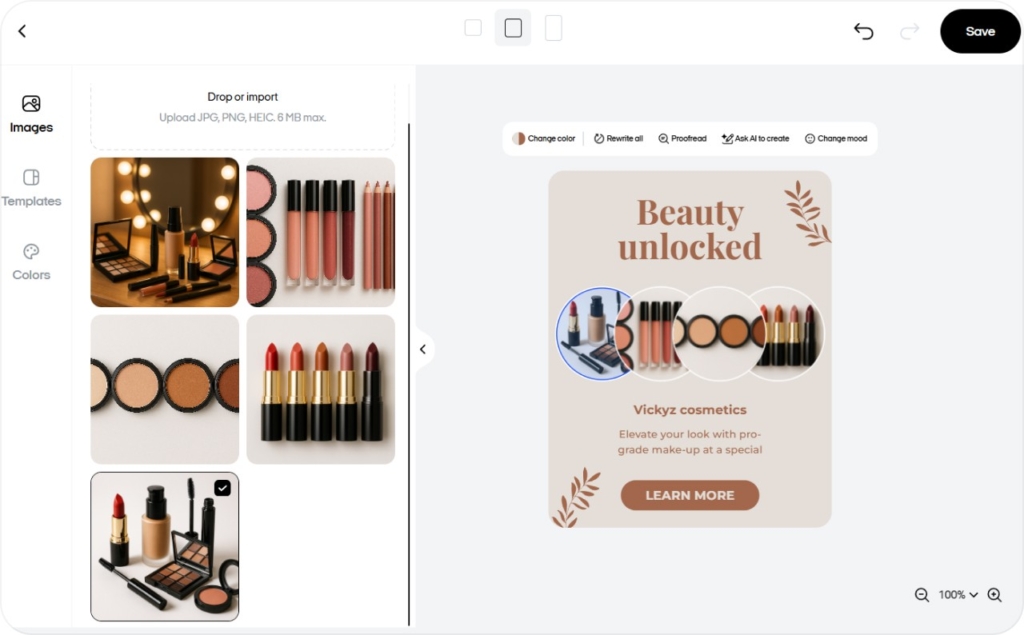
Principal differences between display ads and banner ads
What is the difference between display ads and banner ads? You’ll see both in similar places, but they behave in very different ways.
If you want dynamic targeting and higher conversions, display ads adapt mid-campaign to boost engagement. If you just need quick brand visibility, banner ads rely on static or lightly animated visuals that stay the same for every viewer.
Format & interactivity
Display ads offer rich media, animations, and video that change based on user data. Amazon calls them dynamic because you can pause weak creatives, swap headlines, or shift budget without restarting your campaign.
Banner ads stick to simple images or GIFs. They’re easier and cheaper to produce, but they can’t rotate or optimize on the fly.
Placement & flexibility
Both formats show up on platforms like the Google Display Network and news websites. Banner ads keep fixed sizes in headers, sidebars, or footers.
Display ads use responsive placements that work well on mobile. That flexibility boosts viewability, so you don’t miss users scrolling on the go.
Targeting & personalization
Display ads support behavioral or contextual strategies, letting you tweak calls-to-action — like “Buy Now” or “Watch Next” — based on each user’s actions. They’re great for retargeting shoppers who abandon carts.
Banner ads focus on broad audiences with minimal targeting. You might drop a 300×250 banner on popular blogs to reach local readers fast, even if it’s less personalized.
Cost & performance
Banner ads often run on CPM and can see click-through rates below 0.1%. They’re fine for simple promos, but they lack frequency capping or creative rotation, which can hurt ROI.
Display ads support CPC, CPM, and CPA. They typically offer higher conversions and better viewability, letting you adjust in real time if performance dips.
If you’re only running a short awareness campaign, banner ads might be enough. But if you care about engagement, mobile visibility, and a stronger ROI, display ads give you the flexibility to personalize, retarget, and optimize on the go.
How to choose the right ad format for your campaign
Picking the best ad format can feel like a guessing game. But matching your budget, goals, and audience sets you up for real results.
Assess your marketing goals and budget
If you run a great product with the wrong ad format, you waste both clicks and cash. That’s why you need to align your campaign objectives, media spend, and creative resources from the start.
Decide if you want brand lift, awareness, or direct conversions. If your budget is tight and you only need top-of-funnel visibility, banner ads are a good fit.
But if you aim for deeper engagement or more time on site, display ads let you retarget, personalize, and optimize on the go. Consider blending both — start with banner ads for quick reach, then shift to interactive display when you’re ready to drive action.
Platform choice matters too. Google Display Network offers scale across diverse sites, while Meta excels with feed-based engagement and retargeting options.
Don’t know whether to choose static or dynamic ads? If you lack resources for video or rich media, stick to static banners. But if you want advanced audience targeting and better ROI, invest in dynamic display ads that adapt to user signals in real time.
Check your performance metrics beyond CTR or CPA. Look at brand recall, viewability, or session duration to gauge how well your ads move users through the funnel.
Consider audience targeting & creative resources
Your audience should shape your ad format as much as your goals. If your users respond best to visuals and video, interactive display ads can boost engagement and help you stand out.
For a broad or unsegmented audience, banner ads still offer simple reach. They’re cheaper to produce and require less design support.
Think about segmenting audiences based on demographics, behavior, or past interactions. Then decide if you need dynamic content or just a static message that reaches everyone at once.
Assess your creative toolkits too. If you have motion designers or can handle rich media, lean into interactive features that capture attention fast.
It’s all about resource management. If you lack time or staff, go with static ads and keep production lean. But if you want to optimize each stage of the campaign, design for interactive vs static ads where it makes sense.
Look at real data to refine your ad targeting. If your creative and messaging align with specific segments, you’ll see higher click-through rates and more conversions.
In the end, your marketing strategy hinges on matching the right ad format to the right audience. Plan carefully, and you’ll maximize your results without draining your budget.
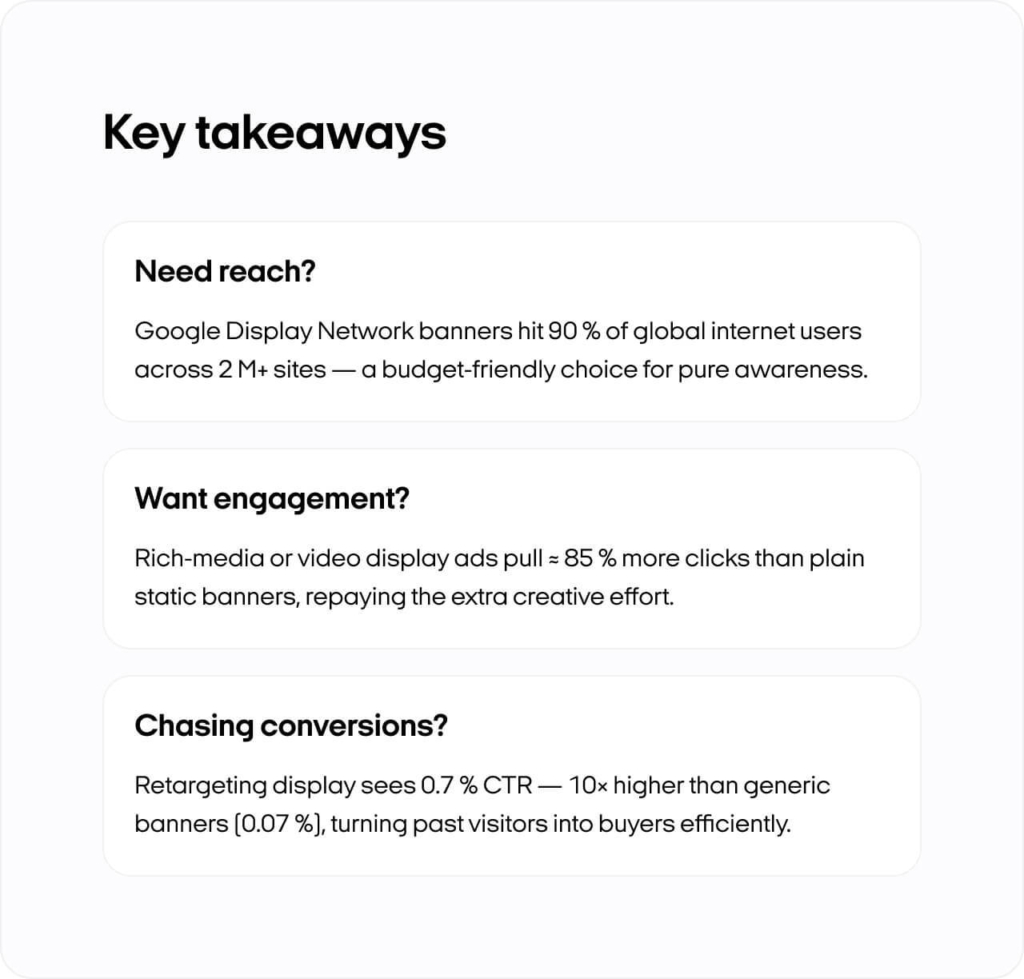
How to create and optimize effective ads
Most ads fail not because your product is bad, but because the design or testing was lazy. You can stop wasting your budget if you follow a clear, data-driven process.
Step-by-step ad creation guide
You start with smart design. Keep text minimal — under 20% of the space — and highlight one call-to-action that pops with bold colors.
Next, match your funnel stage. Use softer phrases like “Learn More” at the top of the funnel and direct offers such as “Buy Now” or “Get Offer” when you’re aiming for conversions.
Pick user-friendly tools that fit your workflow. Zeely AI is great for quick static layouts, it also automates large-scale creative variations, and suggests AI-powered improvements to design or copy.
Then, A/B test everything. Tweak headlines, images, or color schemes to find what gets higher engagement.
Think mobile-first because most users view ads on their phones. If your ad loads slowly or looks cluttered on a small screen, you’ll lose them instantly.
Finally, preview how your ads display on Google, Meta, or LinkedIn. Each platform handles placements differently, so maintain consistent fonts, branding, and messaging across channels.
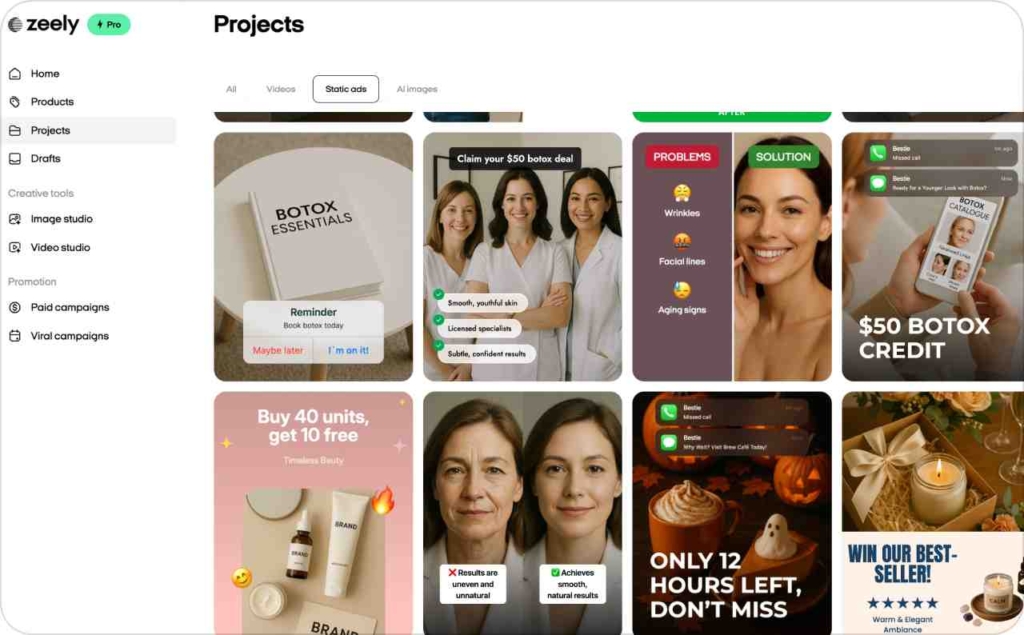
Best practices for monitoring and optimization
Keep a close watch on click-through rate and cost-per-acquisition. If CTR drops below 0.5%, refresh your headline or visuals; if CPA exceeds your budget, tighten your audience targeting or try a more compelling CTA.
Don’t ignore brand recall, session duration, or conversion lift. These metrics show you how users move through the funnel, beyond just clicking your ad.
Segment your data by device, demographics, or location. If mobile users deliver better return on ad spend, make more variants tuned specifically to phone viewing.
Rely on real-time optimization tools like Google Analytics, Meta Ads Manager, or SEMrush. A single change in your headline or offer can reignite an underperforming campaign.
Keep a feedback loop where you retire weak creatives and double down on what works. Each tweak makes your ads smarter, especially when you review results weekly.
Weekly performance snapshot
Check if your CTR is above 0.5% or within your chosen benchmark. Confirm your CPA isn’t straining your budget, and see if brand recall or session duration hit your targets.
When you focus on creative iteration and data-driven insights, your ads won’t just look good — they’ll stay profitable and keep improving. That’s how you turn a decent campaign into a real success story.
Emerging trends & future projections
In the next three to five years, display advertising will center on deep personalization, real-time automation, and tougher privacy controls. If you’re still building ads like it’s 2020, you risk watching your budget and brand visibility slip away.
Mobile-first is essential
Over 70% of ad traffic comes from phones, which means vertical layouts and quick-loading visuals aren’t optional. You need crisp headlines and swift animations to grab users before they swipe.
Banner ads evolve
Standard banner ads are changing fast with HTML5 animations, AI-driven layouts, and adaptive sizes. Even simpler designs need more motion and context-driven placement to keep viewers hooked.
Programmatic advertising
Platforms like DV360 or The Trade Desk let you bid in real time and refine cost control on the fly. These AI-powered systems also support dynamic headlines or geo-based offers tied to actual user behavior.
Social media integration
Short-form video on TikTok, Instagram Reels, or YouTube Shorts can outperform polished ads by 2-3x, especially when it feels UGC-style. As Forbes notes, “People want content that grabs their attention and feels engaging; nothing does that better than video.”
You’ll need a creator’s mindset to blend ads seamlessly into feed-based discovery. Think about social media ads, on TikTok, Instagram audiences crave authenticity.
Privacy shifts and first-party data
Tougher privacy regulations are driving marketers away from third-party cookies. Now’s the time to gather first-party data, build contextual campaigns, and focus on consent-based personalization that respects user trust.
A data-driven future
Brands that run adaptive formats and cross-platform campaigns see a boost in CTR and higher post-click engagement. Those gains come from real-time insights, short-form creative, and a willingness to evolve with shifting user tastes.
Either adapt or watch competitors race ahead. Audit your current approach, test mobile-friendly layouts, and invest in first-party data to keep pace with tomorrow’s ad innovation — or risk falling behind in a market that rewards speed over complacency.
Conclusion
If your ads underperform, it’s often not the message — it’s the ad format. The simple fix: use banner ads for broad awareness and display ads for deeper conversions, but feel free to blend both.
Banner ads work well on networks like Google Display Network and Taboola when you need quick visibility. They’re easy to launch, fit HTML5 or static layouts, and keep your media spend low for top-of-funnel brand presence.
Display ads offer advanced audience targeting, real-time optimization, and stronger performance benchmarking. They’re perfect if you want higher ROI — especially when paired with strong CTAs like “Get Offer” or “Start Free Trial” and formats like responsive HTML5 or dynamic remarketing units.
Start with $200–$500 in each format and run them for 5–7 days. Track CPA, CTR, and session duration, then compare placements across GDN, Meta, or DV360 to see what actually boosts engagement.
One smart format shift can save thousands in wasted ad spend. If you’re stuck, talk to your media team or a marketing expert — small tweaks in format or creative design can transform your digital strategy.
When you align the right ad format with purposeful design, you don’t just see small gains — you elevate your entire campaign. The sooner you optimize, the faster you’ll stop wasting impressions and start scaling real results.
Also recommended
